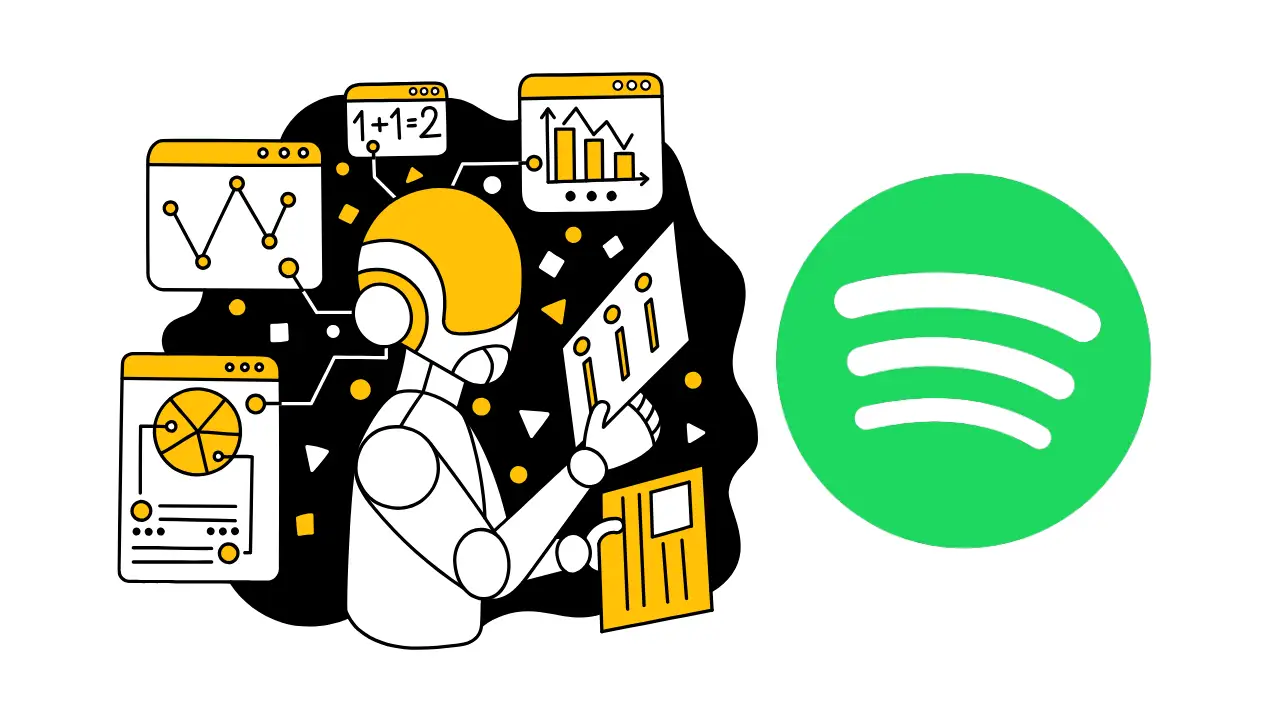How big is the Spotify Machine Learning team? The answer reveals a dedicated group of over 30 professionals working across various squads within a larger framework that supports more than 50 teams. Their collective efforts drive significant advancements in how Spotify interacts with its users through personalized music recommendations and enhanced features.
Spotify has become a leader in using machine learning (ML) to enhance user experience. How big is the Spotify Machine Learning team? This question reflects the growing importance of ML in technology-driven companies. As Spotify continues to evolve, its machine learning initiatives play a crucial role in delivering personalized content and improving user engagement.
Contents
Spotify’s Machine Learning Initiatives
Machine learning at Spotify touches various aspects of its operations. It helps in recommending music, generating playlists, and enhancing search functionalities. With over 248 million active users, the need for effective ML strategies is paramount. The company has invested heavily in building a robust ML infrastructure since it began focusing on this area around 2017.
Spotify’s ML platform supports numerous teams across the organization. Currently, more than 50 teams utilize this platform to develop and deploy machine learning models. This collaborative approach allows for rapid iteration and improvement of models, which is essential for maintaining a competitive edge in the streaming industry.
Size and Structure of the Machine Learning Team
The size of the Spotify Machine Learning team is notable. As of now, there are 30+ members specifically dedicated to the ML platform team. This team is divided into several squads that focus on different aspects of machine learning applications. For instance, one squad focuses on improving the developer experience for machine learning engineers, while others work on model training and deployment.
The team’s core metric is known as “ML Productivity,” which measures the number of model iterations per week. This focus on productivity ensures that the team can quickly respond to changes in user preferences and market demands.
Key Functions of the Machine Learning Team
The Spotify Machine Learning team performs several critical functions:
- Model Development: This involves creating new algorithms and refining existing ones to improve recommendations and user interactions.
- Model Deployment: The team ensures that models are effectively integrated into Spotify’s services, allowing real-time predictions and updates.
- User Research: Understanding how users interact with recommendations helps refine models further. The team engages with users to gather feedback on their experiences.
- Experimentation: The team emphasizes safe experimentation with production code, allowing for innovative approaches without risking system stability.
These functions highlight the team’s comprehensive approach to machine learning, ensuring that all aspects from development to deployment are managed effectively.
Impact of Machine Learning on User Experience
The impact of machine learning at Spotify cannot be overstated. By utilizing advanced algorithms, Spotify tailors music recommendations to individual users based on their listening habits. This personalization enhances user satisfaction and encourages longer engagement with the platform.
Machine learning also plays a role in playlist curation. For example, features like “Discover Weekly” leverage ML to introduce users to new music they might enjoy based on their previous listening history. This feature alone has been a significant driver of user engagement.
Challenges Faced by the Machine Learning Team
Despite its successes, the Spotify Machine Learning team faces several challenges:
- Data Management: Handling vast amounts of data efficiently is crucial for accurate predictions.
- Scalability: As user numbers grow, scaling models to handle increased loads without sacrificing performance is essential.
- Keeping Up with Trends: Music trends can change rapidly. The team must adapt its models accordingly to stay relevant.
Addressing these challenges requires continuous innovation and adaptation within the team’s strategies and technologies.
Future Directions for Spotify’s Machine Learning Team
Looking ahead, Spotify aims to expand its machine learning capabilities further. Plans include:
- Enhancing Personalization: Continued refinement of algorithms to provide even more tailored experiences for users.
- Integrating New Technologies: Exploring emerging technologies like deep learning and natural language processing to enhance music discovery.
- User-Centric Design: Focusing on human-centered design principles will ensure that ML innovations resonate with users.
These future directions indicate a commitment to maintaining leadership in the streaming industry through advanced machine learning techniques.
As Spotify continues to grow, so too will its investment in machine learning technologies. This commitment not only improves user experience but also positions Spotify as a frontrunner in leveraging data-driven insights within the music streaming industry.
